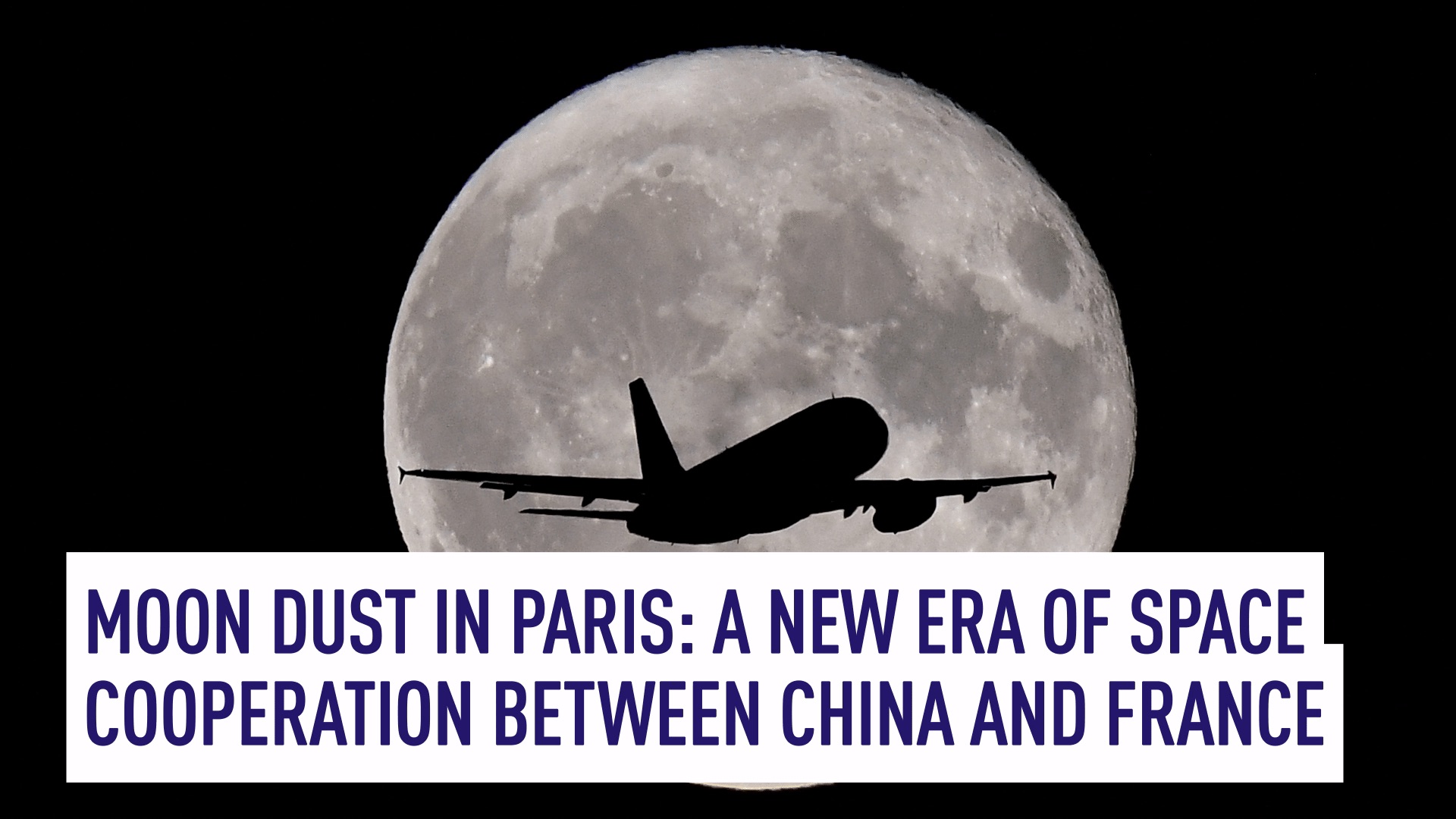By continuing to browse our site you agree to our use of cookies, revised Privacy Policy and Terms of Use. You can change your cookie settings through your browser.
I agree
Search Trends
CHOOSE YOUR LANGUAGE
- Albanian Shqip
- Arabic العربية
- Belarusian Беларуская
- Bengali বাংলা
- Bulgarian Български
- Cambodian ខ្មែរ
- Croatian Hrvatski
- Czech Český
- English English
- Esperanto Esperanto
- Filipino Filipino
- French Français
- German Deutsch
- Greek Ελληνικά
- Hausa Hausa
- Hebrew עברית
- Hungarian Magyar
- Hindi हिन्दी
- Indonesian Bahasa Indonesia
- Italian Italiano
- Japanese 日本語
- Korean 한국어
- Lao ລາວ
- Malay Bahasa Melayu
- Mongolian Монгол
- Myanmar မြန်မာဘာသာ
- Nepali नेपाली
- Persian فارسی
- Polish Polski
- Portuguese Português
- Pashto پښتو
- Romanian Română
- Russian Русский
- Serbian Српски
- Sinhalese සිංහල
- Spanish Español
- Swahili Kiswahili
- Tamil தமிழ்
- Thai ไทย
- Turkish Türkçe
- Ukrainian Українська
- Urdu اردو
- Vietnamese Tiếng Việt
Copyright © 2024 CGTN.
京ICP备20000184号
CHOOSE YOUR LANGUAGE
- Albanian Shqip
- Arabic العربية
- Belarusian Беларуская
- Bengali বাংলা
- Bulgarian Български
- Cambodian ខ្មែរ
- Croatian Hrvatski
- Czech Český
- English English
- Esperanto Esperanto
- Filipino Filipino
- French Français
- German Deutsch
- Greek Ελληνικά
- Hausa Hausa
- Hebrew עברית
- Hungarian Magyar
- Hindi हिन्दी
- Indonesian Bahasa Indonesia
- Italian Italiano
- Japanese 日本語
- Korean 한국어
- Lao ລາວ
- Malay Bahasa Melayu
- Mongolian Монгол
- Myanmar မြန်မာဘာသာ
- Nepali नेपाली
- Persian فارسی
- Polish Polski
- Portuguese Português
- Pashto پښتو
- Romanian Română
- Russian Русский
- Serbian Српски
- Sinhalese සිංහල
- Spanish Español
- Swahili Kiswahili
- Tamil தமிழ்
- Thai ไทย
- Turkish Türkçe
- Ukrainian Українська
- Urdu اردو
- Vietnamese Tiếng Việt
Copyright © 2024 CGTN.
京ICP备20000184号
互联网新闻信息许可证10120180008
Disinformation report hotline: 010-85061466
























The Apollo missions marked a historic achievement, with 12 astronauts walking on the lunar surface between 1969 and 1972.
But for over 50 years, no human has returned to the moon. Now, a new era of space exploration is taking shape.
The catalyst for this renewed race to the moon was a groundbreaking discovery: the possibility that vast quantities of water may exist on the lunar surface. RAZOR's Neil Cairns travels to Milton Keynes in the UK to meet Prof Mahesh Anand, at the Open University, who contributed to the discovery of water on the moon.
The China National Space Administration's Chang'e 7 mission, launching in 2026, could be the most ambitious and complex yet.
It's planned to land on the illuminated rim of the Shackleton Crater, almost at the moon's south pole, to look for water ice and other resources.
READ MORE FROM RAZOR
A doomsday vault in the Arctic
Computers made from brain cells could transform AI
Saving the bees with high-tech beehives
Water on the moon opens the door to building the International Lunar Research Station.
Chang'e-7 will carry 6 international scientific instruments from Egypt, Bahrain, Italy, Russia, Switzerland and Thailand. Dr. Simone Del'Agnello at the Italian National Institute for Nuclear Physics has built a laser retroreflector that will help with positioning and navigation on the Moon's surface.
Private companies are also involved in this new push for the moon. Surrey Satellite Technology Ltd, founded in 1985 by spacecraft pioneer Professor Sir Martin Sweeting, plans to launch the Lunar Pathfinder satellite that will be part of a constellation of interconnected lunar orbiters that will provide data-relay services for communication around the Moon.
The Moon has always been an object of wonder and scientific interest to humanity and these upcoming lunar missions all have a shared dream of redefining humanity's cosmic boundaries.